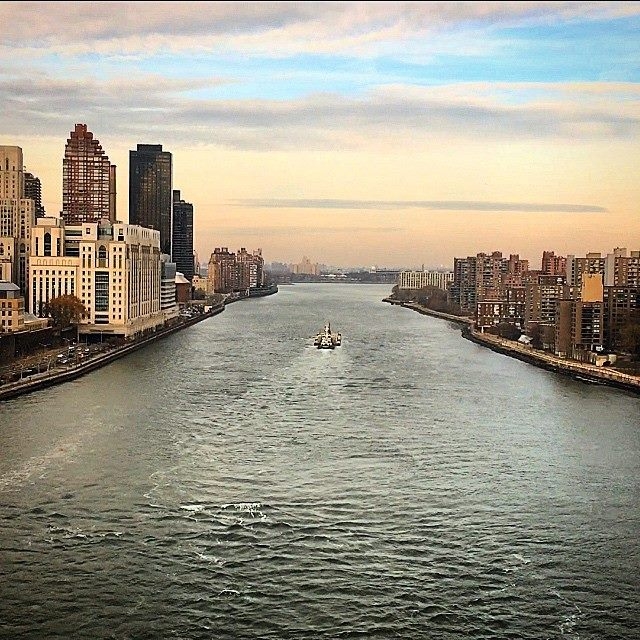When airbnb released its new site design and rebrand by DesignStudio this summer it caused an uproar, to put it mildly. There was so much written about the work that it seemed even the most sheepish designers poked their heads out from behind their monitors to weigh in.
Of course, what was discussed and commented on the most was not actually that interesting. But buried somewhere in all the posts and snarky tweets about genitalia and butts were some enlightening articles written by some well-respected folks. One in particular — “All Your Beds Belong to Us,” by Armin Vit of Under Consideration — was shared and discussed at length amongst a few colleagues and myself.
Vit makes some great points in his article and manages to shift the discussion from the logo to the entire system. I appreciated that. However, there was something else in his piece that caught my attention. Something that I didn’t appreciate. Something that I actually found rather shocking.
In describing how DesignStudio approached the project, Vit explains that part of the studio relocated to airbnb’s San Francisco headquarters from London and four team members even traveled to “13 cities, staying with 18 hosts, across four continents using airbnb.” He goes on to say, “I’m rarely impressed by design firms that go method for a project; I think it’s charming but I really doubt it leads to the mythical insights one expects. Sometimes interviewing a CEO and one lowest-paid employee leads to the right answer in less time and under budget.”
I kept rereading this paragraph and grew increasingly frustrated. It struck me as an all too pervasive attitude in the design world today and a key culprit in the uninspired design that we are forced to contend with on a daily basis. Design — whether product, architectural, graphic or interactive — should not be the result of simply sitting in front of our computer screens, sifting through articles and sites for inspiration and toiling away over indesign, photoshop, illustrator or any other program.
The most effective design — the design that holds the most weight, truly resonates, and is built to last — is more often than not a result of an immersive understanding of a situation, problem or challenge. While the solutions we create, as designers and design thinkers, may reveal themselves in the form of a web site, publication, a building, a product — if successful they are much deeper than just the end result. A successful solution will be layered and complex and will show itself to be a culmination of the varied culture that surrounds it.
In other words, conducting field research that will allow a designer to understand the culture that the challenge arose from isn’t just “charming,” it’s critical. That’s not to say that all projects warrant extensive field research and that all projects that require extensive field research will necessarily be the better for it. But certainly a project the scope of an airbnb redesign requires more than “interviewing a CEO and one lowest-paid employee.” It’s crucial that we remember that design is not just an output and it's definitely not just window dressing. Design is a way of communicating. And you can’t communicate without speaking the language and truly understanding it.

